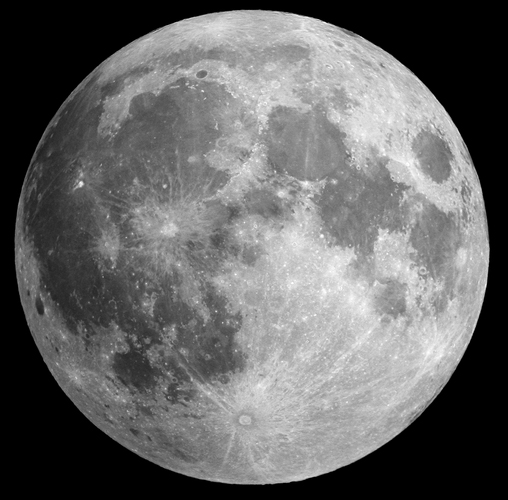
Photosynthesis is a key part of life on earth:
This immensely fascinating reaction enables plants and other organisms to harvest sunlight, water, and carbon dioxide while converting them into oxygen and energy in the form of sugar.
Photosynthesis is such an integral part of Earth’s functioning that we pretty much take it for granted.
As my colleagues and I have investigated in a new paper, published in Nature Communications, recent advances in artificial photosynthesis may well be key to surviving and thriving away from Earth.
The human need for oxygen makes space travel tricky. Fuel constraints limit the amount of oxygen we can carry with us, particularly if we want to undertake long-haul journeys to the moon and Mars.
There are already ways to produce oxygen by recycling carbon dioxide on the International Space Station. Most of the ISS’s oxygen comes from a process called “Electrolysis,” which uses electricity from the station’s solar panels to split water into hydrogen gas and oxygen gas, which astronauts breathe in. The oxygen generation process, for example, requires about one third of the total energy needed to run the ISS’s entire system for “Environmental control and life support.”
One possibility is to harvest solar energy and directly use it for oxygen production and carbon dioxide recycling in only one device. The only other input in such a device would be water-similar to photosynthesis in nature.
We produced a theoretical framework to analyze and predict the performance of such integrated “Artificial photosynthesis” devices for applications on the moon and Mars.
Instead of chlorophyll, which is responsible for light absorption in plants and algae, these devices use semiconductor materials which can be coated directly with simple metallic catalysts supporting the desired chemical reaction.
Our analysis shows that these devices would indeed be able to complement existing life support technologies, such as the oxygen generator assembly employed on the ISS. This is particularly the case when combined with devices which concentrate solar energy to power the reactions. We can produce oxygen directly from lunar soil.
Artificial photosynthesis devices, on the other hand, could operate at room temperature at pressures found on Mars and the moon.
On Mars, the atmosphere is composed of nearly 96 percent carbon dioxide-seemingly ideal for an artificial photosynthesis device.
The efficient and reliable production of oxygen and other chemicals as well as the recycling of carbon dioxide on board spacecraft and in habitats is a tremendous challenge that we need to master for long-term space missions.
Devices for converting carbon dioxide into oxygen on Mars are still in their infancy, whether they are based on photosynthesis or not. Copying the essential bits from photosynthesis in nature could give us some advantages and help us to realize them in the not-too-distant future.
We could actually create artificial atmospheres in space and produce chemicals we require on long-term missions, such as fertilizers, polymers, or pharmaceuticals.
The insights we gain from designing and fabricating these devices could help us meet the green energy challenge on Earth. We are fortunate enough to have plants and algae for the production of oxygen. Artificial photosynthesis devices could be used to produce hydrogen or carbon-based fuels, opening up a greener way to produce the energy-rich chemicals we store and use in transport.
The exploration of space and our future energy economy have a very similar long-term goal: sustainability. Artificial photosynthesis devices may well become a key part of realizing it.
